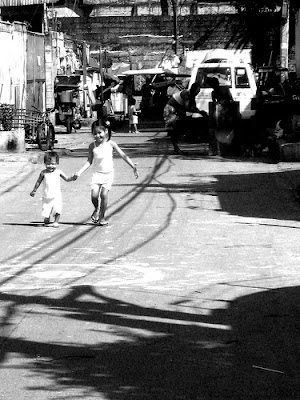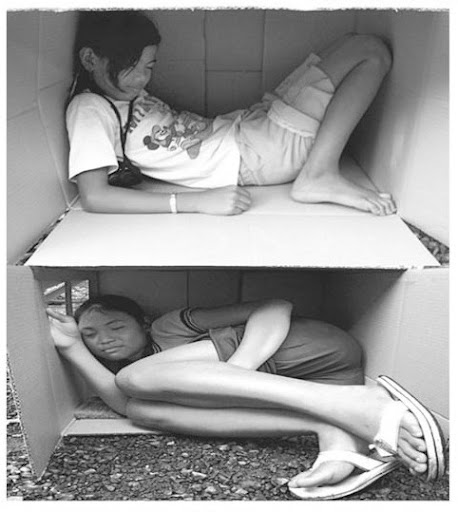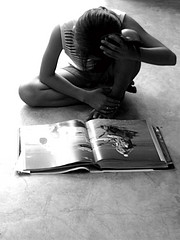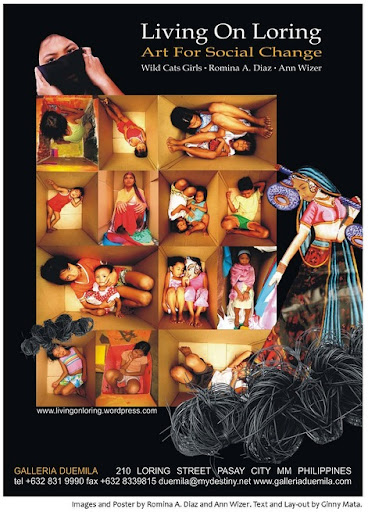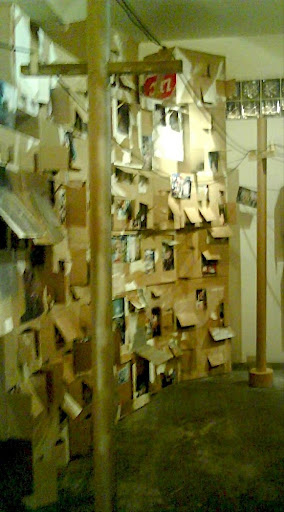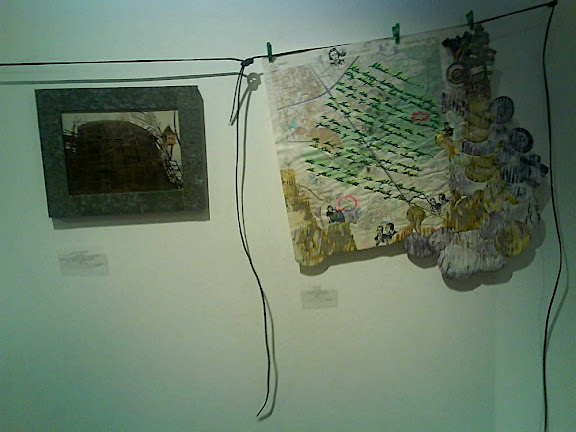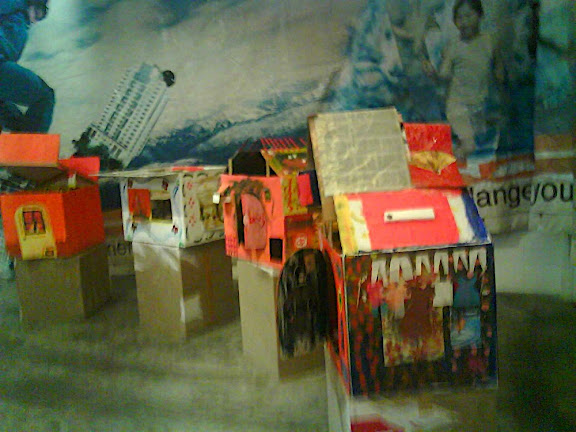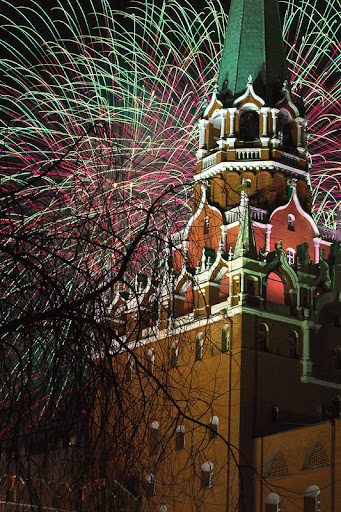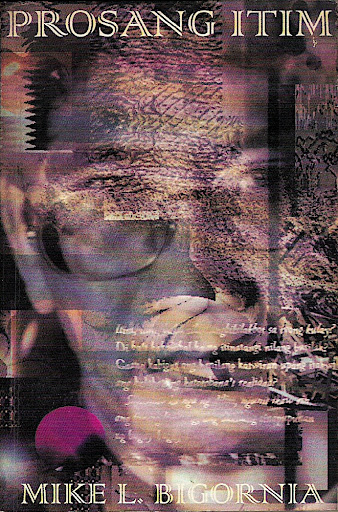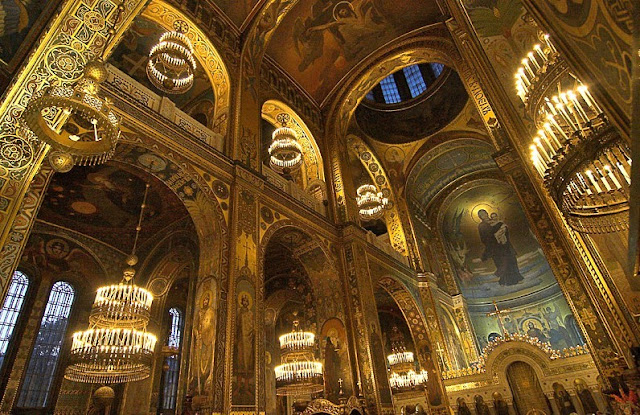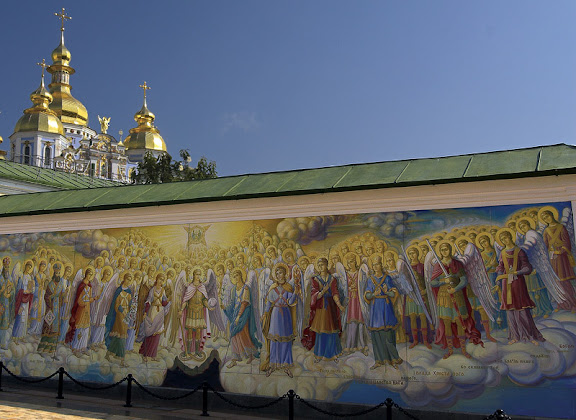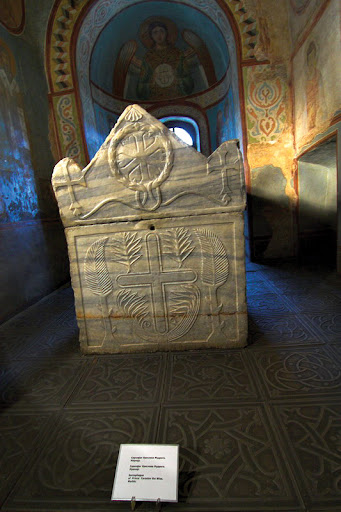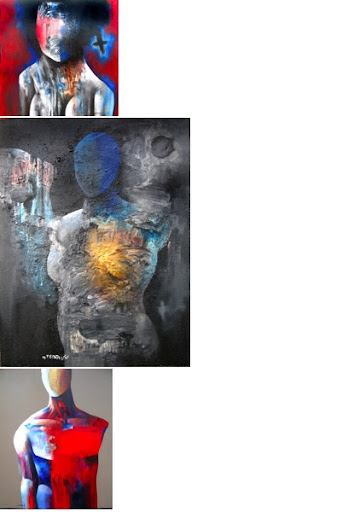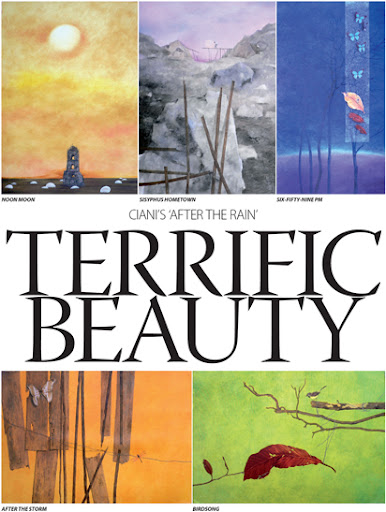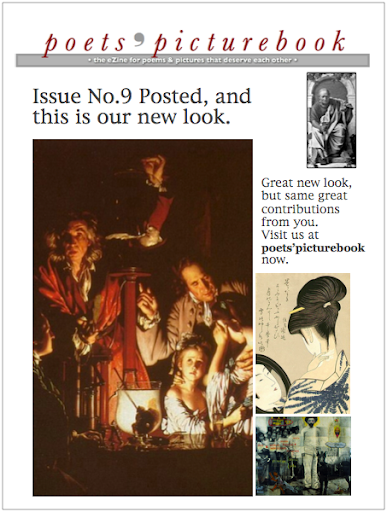

Hello there. Haven't blogged here for sometime. Many things happening and to attend to. It's the Philppine literary season. I get called here and there to look at some of the best work being done—mainly in poetry (mostly the stuff I know how to do). Joined the panel with poets Krip Yuson and Bimboy Peñaranda to judge at the Philippines Free Press Literary Awards, and it was their 100th anniversary too. That's why there was some waiting involved at the ceremonies: the Head of State, everyone's Tita, was guest of honor. We had to endure pangs of hunger while nibbling nuts and sipping wine at the Mandarin's Captain's Bar, while waiting for her arrival. But she had to endure sitting with the True, the Good, and the Beautiful advocate Imelda Marcos somewhere near her table, who had to sit through a loooong AVP extolling the Free Press' crusading journalism, mostly against Marcos, with some praises for Tita Glo's venerable and late old man Cong Dadong who introduced the Land Reform Law. Before then, the month previous actually, I had to finish a new translation into English of the immortal Florante at Laura, for the UP Centennial Edition, then the awarding the Likhaan Centennial Awards, which no one shouldn't miss (I did not join the contest, my poems were not qualified, having been published on the Net). Then, just the other day, the Palancas. I did not judge there this year (it was our turn, with Jimmy Abad and Krip Yuson, to judge the previous year). But I went to the ceremonies anyway, gatecrashed to partake of celebrations, the excitement of the winners, the nice food, and the flowing cognac. And in between these events of course, just plain old hanapbuhay while cocooning at home. And, too, within these times, Susan's party at My Brother's Mustache, where an army of her friends gathered to help her raise some of the wherewithal for the treatment of her ailment—something that will need not just a few friends to muster. And later, too, after the example of her other friends in the NGO circles and the Kawemenan, the barakos naman came together to do their part. Well, not necessarily barakos but real, honest-to-goodness artists who won't shrink from a fight (of any kind), wield brushes and fists.

At first, three of them, Neil Doloricon, Adi Baens Santos, and the ubiquitous Ed Manalo, met at Susan's home to propose and explore the possibility of a fund-raising exhibit, and they apparently thought I so was good at words and conceiving these things that they asked me to join them. I could not (too many things happening), and I just had to content myself with an email from Susan on the proceedings. Then, a week later, while I was dawdling (waiting for a meeting) at TriNoMa, I didn't know I had missed a meeting again with the artists and Susan. I had to think up of a name for the Exhibit. I hurried to the parking garage, lit a cigarette and sat in the car. There had to be a word somewhere that Susan's friends might associate with her. Well, it could be in the emails she sends or exchanges with them. Ah. She always signs her letters or email with "Lagi, Susan." Always. Laging Nagmamahal would be the great salutation, from her or from her friends. What better words? I texted it to her before I drove off pronto to Vargas Museum to meet up with the three initiators, Susan, and the gracious Ma. Victoria Herrera, the museum curator. Now the three artists are no longer just three, there will be at least 30 or even 40 artists who will give their paintings to the exhibit. Tickets (shown above), will be pre-sold. The buyers will only know which painting they will take home during the raffle at the closing of the exhibit on September 9. Poets will read (or sing), some singers will sing poems, and it will be a night of Maririkit na Guhit para kay Susan Fernandez. Get your tickets now. See you there.


Susan's first album of her famous, beautiful older songs, Habi at Himig (cover above right), has been digitally remastered and the CD will be sold at the Exhibit.
Jorge B. Vargas Museum (right) not hard to find, along the eastern part of the University Loop, just beside the College of Arts and Letters Faculty Center. (Courtesy of ChocolateKiss.Com)
OTHER PHOTOS: topmost, Susan at the Concert in My Brother's Mustache ("Mass Action on Madriñan," previous posting), courtesy of Ino Magno's Multiply site, and apologies to him for Photoshopping it to look like a painting, just a sneak preview of sorts of the great art you will encounter at Laging Nagmamahal Exhibit, and the Ticket to the Exhibit.

Sneek-peek: My new Website
Frontispiece photo of a door & steps to the Chapel of St. Elm, San Feliu de Guixols, Catalunya, by Marjorie Evasco. The site welcomes contributed photos for the Home Page.AND WHILE WE'RE AT IT. You might perhaps notice the modifier in parenthesis at the blog header on top, which says "(the blog)." That's because I have adopted the same name for my new personal website, Nameable Days at Jimdo.Com. It's mainly devoted to samples of my poetry from my three books, newer ones, and "sundrynotes." If you like poetry, visit it at http://nameabledays.jimdo.com/. This Blogger site becomes my real blog, while Nameable Days, the Website, becomes the online resource for my poetry, for those who may have "encountered any one of them somewhere and hopefully would like to see more." There are at least three links to the site in this sentence. Just sweep your mouse across this text. Any word or words glow with a highlight, or is underlined, click it.
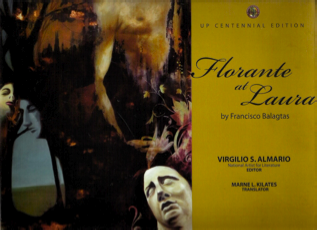
Florante at Laura with my new translation
At right is the cover of Francisco Balagtas' Florante at Laura, the University of the Philippines Centennial Edition (UP Press, 2008), edited by Virgilio S. Almario, with a new English translation by Marne L. Kilates, and illustrated lavishly by 23 of our best artists and illustrators, with their paintings of scenes from the Balagtas masterpiece presented in the Komedya Fiesta Exhibit at Vargas Museum as part of the UP Centennial. Available at UP Press Bookstore.

